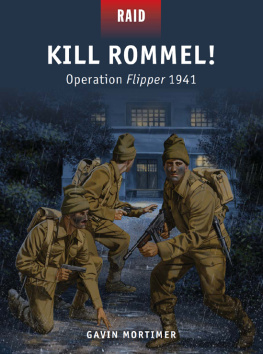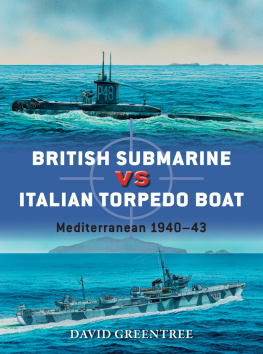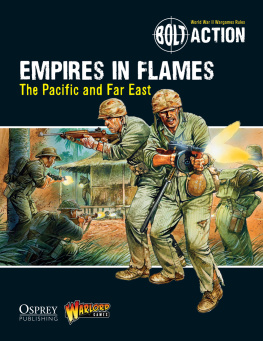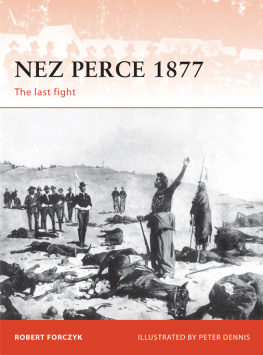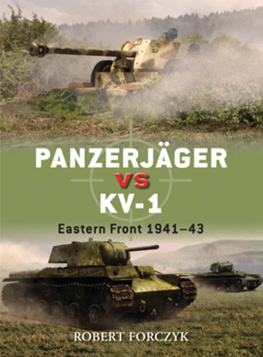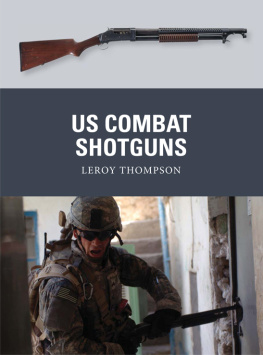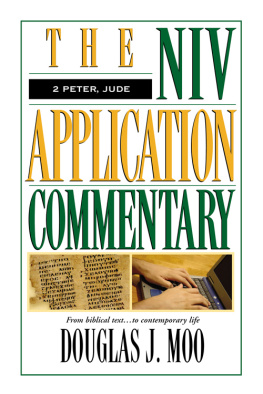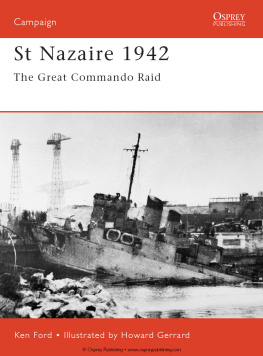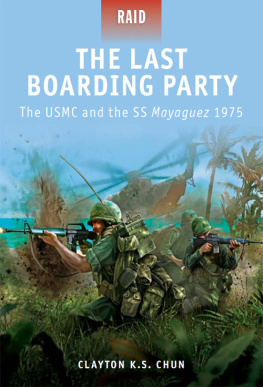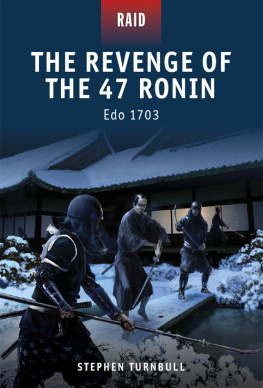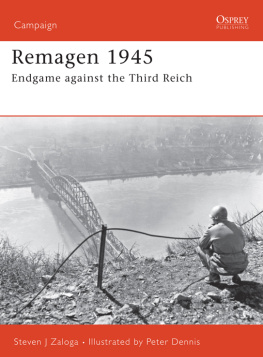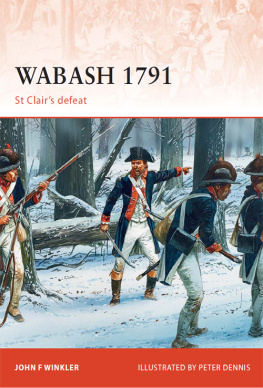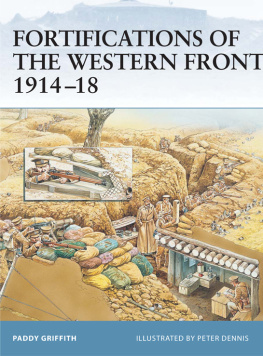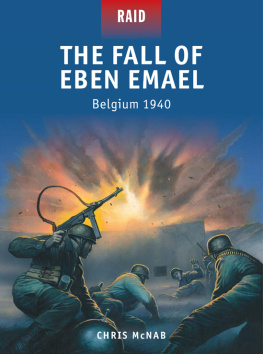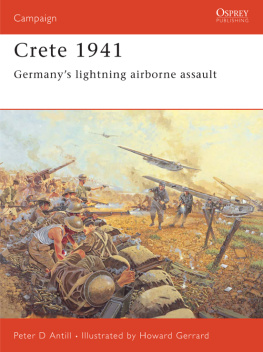Dennis Peter - Kill Rommel!: Operation Flipper 1941
Here you can read online Dennis Peter - Kill Rommel!: Operation Flipper 1941 full text of the book (entire story) in english for free. Download pdf and epub, get meaning, cover and reviews about this ebook. City: London, year: 2014, publisher: Osprey Publishing;Bloomsbury Publishing Plc, genre: Non-fiction. Description of the work, (preface) as well as reviews are available. Best literature library LitArk.com created for fans of good reading and offers a wide selection of genres:
Romance novel
Science fiction
Adventure
Detective
Science
History
Home and family
Prose
Art
Politics
Computer
Non-fiction
Religion
Business
Children
Humor
Choose a favorite category and find really read worthwhile books. Enjoy immersion in the world of imagination, feel the emotions of the characters or learn something new for yourself, make an fascinating discovery.
- Book:Kill Rommel!: Operation Flipper 1941
- Author:
- Publisher:Osprey Publishing;Bloomsbury Publishing Plc
- Genre:
- Year:2014
- City:London
- Rating:4 / 5
- Favourites:Add to favourites
- Your mark:
- 80
- 1
- 2
- 3
- 4
- 5
Kill Rommel!: Operation Flipper 1941: summary, description and annotation
We offer to read an annotation, description, summary or preface (depends on what the author of the book "Kill Rommel!: Operation Flipper 1941" wrote himself). If you haven't found the necessary information about the book — write in the comments, we will try to find it.
Kill Rommel!: Operation Flipper 1941 — read online for free the complete book (whole text) full work
Below is the text of the book, divided by pages. System saving the place of the last page read, allows you to conveniently read the book "Kill Rommel!: Operation Flipper 1941" online for free, without having to search again every time where you left off. Put a bookmark, and you can go to the page where you finished reading at any time.
Font size:
Interval:
Bookmark:
Operation Flipper 1941
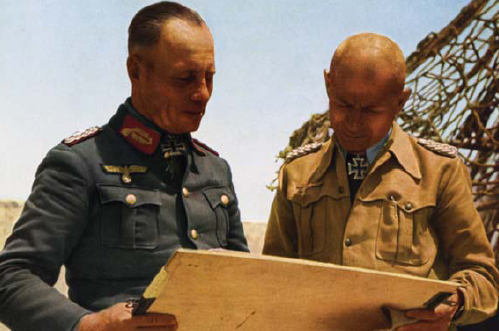
GAVIN MORTIMER
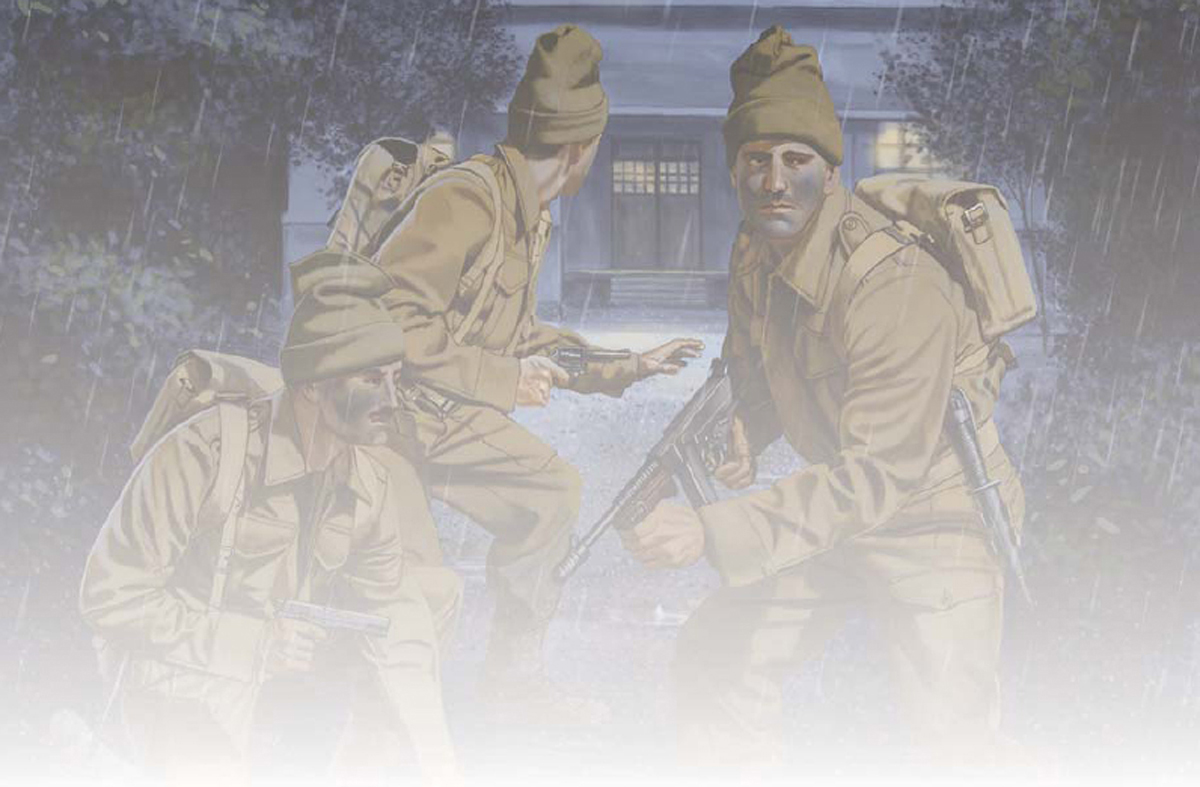
In June 1940, British Prime Minister Winston Churchill sent a memorandum to his chiefs of staff instructing them to establish Britains first special-forces units: We have always set our faces against this idea but ... there ought to be at least 20,000 storm troops or Leopards drawn from existing units, proclaimed Churchill, who was desperate for the British to hit back quickly at the Germans after the debacle of Dunkirk (quoted in Mortimer 2012: 127). The name Leopards was subsequently ditched in favour of Commandos after the irregular Afrikaner units that had caused the British Army such trouble during the 2nd Anglo-Boer War (18991902) and by November 1940 five units of Commandos had been formed and were undergoing training in Scotland.
One of the Commandos was 24-year-old Jeff Du Vivier, a Londoner who on the outbreak of war in 1939 was working as an assistant manager of a seaside hotel. Du Vivier enlisted in The London Scottish and was sent to Aberdeen, in the north of Scotland, for his basic training. By autumn 1940 he had tired of square-bashing, however, and longed for a more exciting life; when he heard about the Commandos he volunteered, one of hundreds of bored young soldiers who were posted to No. 11 (Scottish) Commando. There were over 700 volunteers all told but only 500 were required, recalled Du Vivier, not long before his death in May 2010. So the commanding officer, Colonel [Dick] Pedder sorted us out by marching us from Galashiels to Ayr (quoted in Mortimer 2004: 6).
The first 500 men to complete the 75-mile march across Scotland to the west coast town of Ayr were accepted into No. 11 (Scottish) Commando; the rest were returned to their unit. With their initiation over, No. 11 Commando moved north to the Isle of Arran and began to train in earnest alongside Nos 1, 6, 7 and 8 Commando. One of the No. 11 officers to pass selection was Capt Geoffrey Keyes, whose father was a Lord of the Admiralty and Director of Combined Operations. On 4 November 1940 Capt Keyes wrote to his family to tell them about life in Arran: I am in a beastly fit and hearty state, and we sail over the hills at great speed. We (that is the troop leaders) fire live rounds at our Soldiery now to impress upon them the horrors of war, and make them utilize the best cover. Most instructive and effective and brightens training no end.
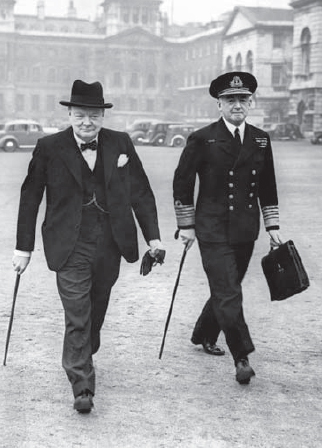
On becoming Prime Minister of Great Britain in June 1940, one of the first acts of Winston Churchill seen here with the First Sea Lord, Admiral of the Fleet Sir Dudley Pound was to instruct his chiefs of staff to establish Britains first special-forces units. As a result the Commandos were born and one of the first volunteers was Geoffrey Keyes. (Cody Images)
The Commandos were formed because Churchill envisaged deploying them in Occupied Europe, particularly France, but in January 1941 it was decided to send three of the five Commando units to the Middle East. The reason behind the decision was simple: the special forces had been raised to operate in conjunction with a large-scale offensive, but in 1941 the British Army was not in a position to launch such a strike in Europe. In the Middle East it was, however particularly against Italys long lines of communications along the North African coast and against the lightly defended islands in the Mediterranean.
On 1 February 1941, Nos 7, 8 and 11 Commando sailed for the Middle East, disembarking at Geneifa, Egypt, on 11 March and marching into a camp where they were inspected by Gen Sir Archibald Wavell, Commander-in-Chief Middle East. Wavell told the new arrivals that two further units of Commandos had been raised in the Middle East and would be added to Nos 7, 8 and 11 Commando to form Layforce under the command of Col Robert Laycock. At this time No. 7 Commando became A Battalion, No. 8 Commando became B Battalion, No. 11 (Scottish) Commando became C Battalion, and two locally raised Commandos, Nos 50 and 52, merged to become D Battalion.
A Battalion was the first Layforce unit to see action, raiding the coastal port of Bardia, Cyrenaica, on 19 April with orders to harass the enemys L. of C. [lines of communication] and inflict as much damage as possible on supplies and material. We were pretty confident as we sailed towards Bardia, recalled Albert Youngman of A Battalion. After months of training we thought we were finally going to get the chance to have a crack at the enemy. Unfortunately, the British Commandos did just about everything but have a crack at the Germans. Some detachments were landed at the wrong beach, while others came ashore way behind schedule and aborted their mission. It was a complete balls-up, reflected Youngman. We were supposed to blow up this fuel dump but all we found were a heap of tyres. Then on the way back to the beach we ran into an enemy patrol and ended up fighting a rearguard. B Battalion fared little better in the Middle East, the unit being split up and sent either to help in the evacuation of Crete or to reinforce the besieged garrison at Tobruk.
The 33 officers and 513 men of C Battalion, meanwhile, had been sent to the Mediterranean island of Cyprus at the end of April in anticipation of a German invasion. A month later they had not had sight of the enemy and the men were growing restless even self-possessed professional soldiers like Geoffrey Keyes (recently promoted to acting major), who complained in a letter home of the heat and the minor ailments that had laid him low. Eventually, in June 1941, C Battalion was dispatched to Syria to participate in the offensive against the 30,000 Vichy French troops there who posed a threat to British interests in the Middle East. The Commandos helped secure a bridgehead for the Australian 21st Infantry Brigade at Litani River on 9 June, but casualties were high: 45 officers and men killed including their commanding officer, Col Pedder and another 84 wounded. Yet among the survivors there was a sense of quiet satisfaction at having been blooded in battle. A few weeks later in the House of Lords, Lord Croft, Under-Secretary of State for War, in describing the Syrian campaign, said: The Australians were greatly aided in crossing the Litani River by the landings of British infantry ... they were landed from ships of the Royal Navy, and took part in a very gallant action with decisive local tactical results, enabling the Australians to proceed.

Geoff Caton, seen here on the left during an SAS operation in the desert in 1942, was a member of No. 11 (Scottish) Commando and had fought alongside Geoffrey Keyes at Litani River, Syria, in June 1941. Caton would be killed during the Allied invasion of Sicily in July 1943. (SAS Regimental Archive)

British Crusader tanks of 7th Armoured Division. In June 1941 the British launched Operation Battleaxe, the aim of which was to retake the territory lost to Rommel the previous spring. The offensive ended in failure, however, with the British tanks unable to burst through the strong German defensive positions, and consequently Archibald Wavell was replaced with Claude Auchinleck as Commander-in-Chief Middle East. (Cody Images)
Font size:
Interval:
Bookmark:
Similar books «Kill Rommel!: Operation Flipper 1941»
Look at similar books to Kill Rommel!: Operation Flipper 1941. We have selected literature similar in name and meaning in the hope of providing readers with more options to find new, interesting, not yet read works.
Discussion, reviews of the book Kill Rommel!: Operation Flipper 1941 and just readers' own opinions. Leave your comments, write what you think about the work, its meaning or the main characters. Specify what exactly you liked and what you didn't like, and why you think so.

